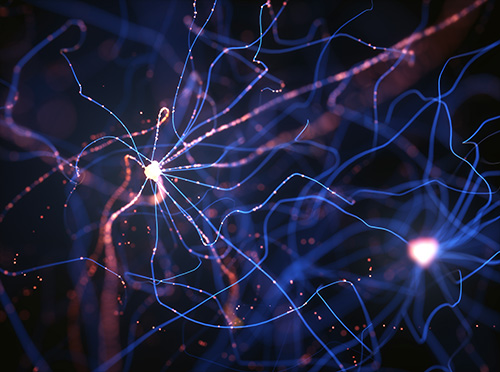Diagnosing Epilepsy
When you come to the NewYork-Presbyterian Brooklyn Methodist Epilepsy Center, you benefit from a team approach that starts during your very first visit, when we begin assembling a plan of care. The first steps are proper diagnosis which is achieved via patient history, neurological examination, and testing.
Initial Testing:
- Electroencephalography (EEG or “brain wave test”). EEG is an examination of your spontaneous brain activity.
- Routine Electroencephalography monitoring. We offer routine-EEGs that can be recorded for a minimum of 20 minutes and up to a few hours on an inpatient or outpatient basis at the Center.
- Ambulatory Electroencephalography monitoring. We offer outpatient EEG testing, enabling you to be mobile and go about your day at home. Testing is performed over a period of 24, 48, or 72 hours.
- Video Electroencephalography monitoring. We offer timely inpatient video-EEG recordings. Video-EEG involves videotaping patients at the same time as their EEG is being recorded. This allows physicians to observe brainwave activity in real-time while a seizure or spell is occurring. Video-EEG is most helpful in diagnosing epilepsy, identifying the classification of seizures and tailoring individualized treatment.
- Magnetic resonance imaging (MRI). A detailed view of the brain used to detect possible structural abnormalities that could be causing seizures.
Additional testing may include:
- Positron emission tomography (PET). A PET scan uses a low-dose radioactive material that is injected into a vein to visualize the metabolic activity of the brain and detect abnormalities. Areas of the brain with low metabolism may indicate where seizures are originating.
- Neuropsychology testing. Performed by a neuropsychologist to assess brain function, memory, and language.
- WADA testing. This test helps doctors determine which side of your brain controls language, memory, and motor function.
- Functional MRI (fMRI). fMRI measures brain activity by detecting changes in blood flow. This test is used before surgery to identify locations of critical functions, such as speech and memory, so surgeons can avoid injuring these areas while operating.
- Magnetoencephalography (MEG). MEG measures magnetic fields associated with electrical activity in the brain to identify potential areas of seizure onset.
- Intracranial Electroencephalography monitoring. If you and your doctor decide you may benefit from epilepsy surgery, a discussion of intracranial EEG monitoring may be appropriate for treatment. Intracranial monitoring may involve the placement of electrodes directly onto your brain. This offers the most precise way to pinpoint where in your brain seizures are coming from and help guide surgical treatment.




